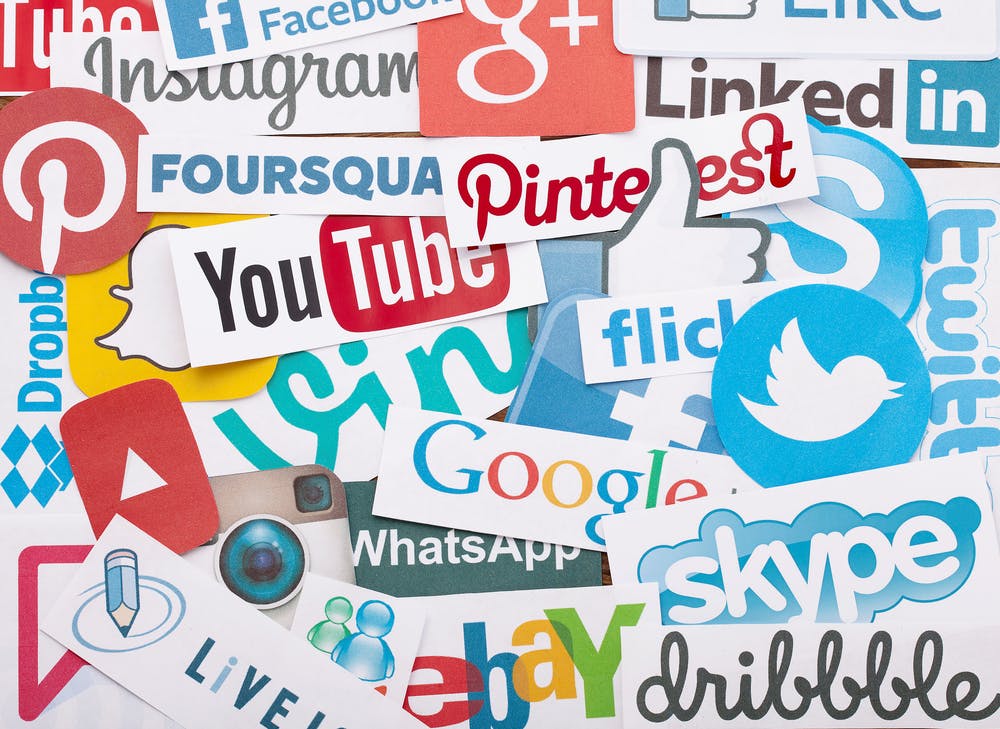We only allow Internet access from 12-2 pm!
We do not allow our employees to access Facebook!
We have everything locked down!
These were some of my thoughts this past week as it relates to the intersection of social media in the workplace. As I read these, I had to rethink what year it was. The last statement was from a CIO buddy who boasted and stuck his chest out as he recounted his accomplishment.
I travel throughout the Middle East extensively, and I always say that the most expensive piece of real estate in any airport is the electrical outlet.
Everyone is looking for a place to plug in and charge. That is the new dynamic. Cellphones, tablets, and in some cases laptops, all need to be charged because we’re all using more of them as the line between work and pleasure is becoming blurred.
Today I was sitting at a red light and the car next to me had four occupants. All were staring into their phones. No one was talking, just reacting to what was on their screens.
While some may say that this is a generational issue, it spans all age groups. The fastest growth on Facebook is with the older generations.
The possibilities are endless
As a learning tool, we created a senior level group on Whatsapp in the UAE. The discussion is constantly about HR topics, sort of a crowdsourcing for everything HR. I have learned a lot more about labor law in the Middle East than I would have ever learned reading a book.
I now read my newspaper articles on Facebook. I talk to my daughter daily on Google Hangouts. I have conference calls weekly on Skype. I make all my USA phone calls though Google Voice.
As I travel to other countries, my first stop is to pick up a sim card that will allow me to have a local number in that country and make calls to anywhere in the world, at a discount. I pass through airports with ease as I use the e-gate app which allows me to skip long lines and breeze through customs
Social media has moved into our society at warp speed. I call it the disrupter of the century. There is nothing that has affected us more than social media and the Internet.
A double edged sword
For organizations, social media represents both opportunity and risk. On one hand, social media provides a platform for brand enhancement. Connecting with customers, promotions, customer service interactions, all this is a new concept.
But on the other hand, it has caused a shift in the balance of power. That power over your brand is now controlled by the individual, whether that be your customers, prospective employees, and your workforce. There are numerous tales of customers tarnishing a brand because they are feeling that they are not being heard.
This has also played out with the organization’s employees. Organizational successes, failures, and missteps are now on display as never before. You think that internal announcement that you sent out stays in house? Don’t bet on it.
Most consumer-facing companies have acknowledged this shift and begun to adapt their organizations in response — for example, embracing social media as a key platform for advertising and corporate communications. But, some have stuck their head in the sand as if this is all going away.
No business can afford to be complacent. Social networks will continue to change the way people act and make decisions, and business leaders need to determine how their companies should respond.
What does it mean for your organization?
The new era of transparency and openness brought about by social media has broad implications for an organization’s senior leadership, and the skills and strategies they require. No one should be immune from participating; therefore, it’s important that all leaders become knowledgeable about these platforms and build relevant skills.
At the same time, the shifting social media landscape can be confusing and intimidating to your managers who are less familiar with the new platforms. At one company that I worked at, we created a lunch-and-learn for senior executives taught by Millennials on the uses of Facebook and other social media platforms.
Nonetheless, corporate leadership should develop at least a headline understanding of social media, and preferably, use social media channels regularly, if only to gather news and information relevant to their day-to-day activities. In other words, senior executives can leave the workings of social media to those who report to them, trusting savvy practitioners to carry out the daily work.
In contrast, senior executives who choose to take on a visible social media role, whether blogging on the corporate website, tweeting, or simply communicating about their team and products online, will need to develop this skill over time to better connect to their employees as well as their customers.
The importance of connecting
Executives need to understand what resonates with their customers and employees. And they must be willing to devote time and energy to the task. Many executives start out tweeting or blogging with a passion, only to find they have less time to do it than they had imagined.
Everyone in this space needs to find their own niche. I post about once per day on HR or organizational issues. That is my brand that I have developed over the years. There are some platforms I use more than others, but I try as much as possible to stay connected.
Why do this? Because it is where the action is and I do not want to become irrelevant as some of my peers who boast that they have no social media interest whatsoever. That, to me, is like telling someone I have completely given up on business and life.
In the end, if you want to be relevant in your business, you have to be in it.
